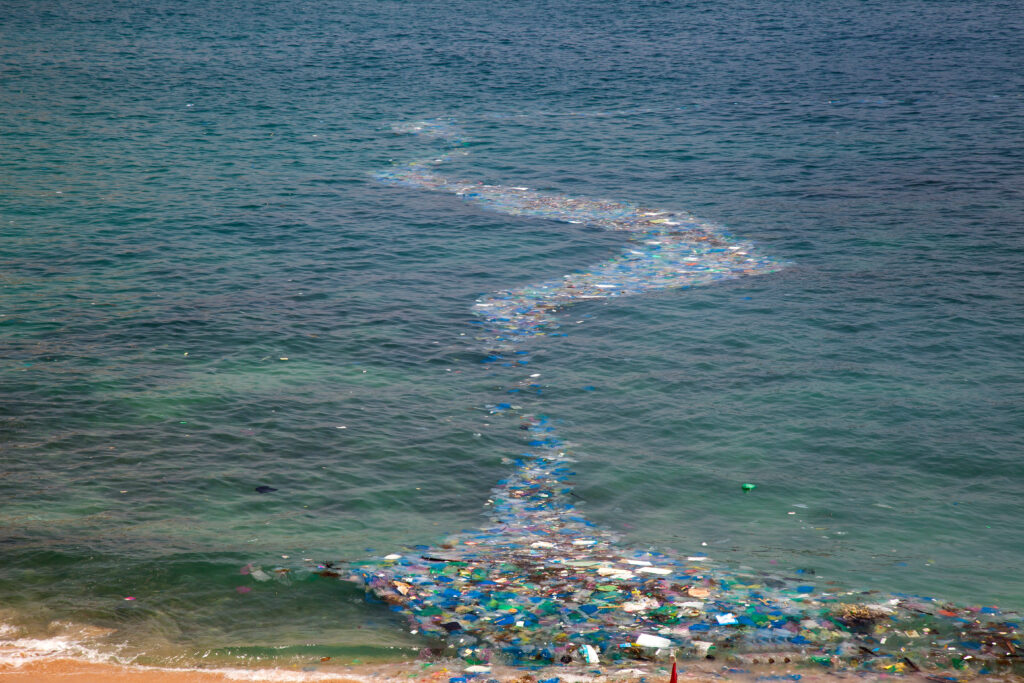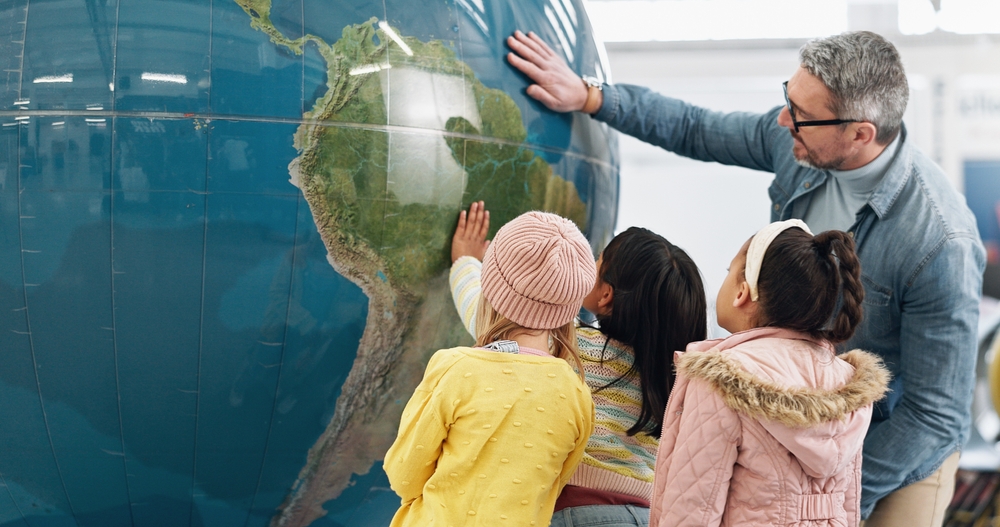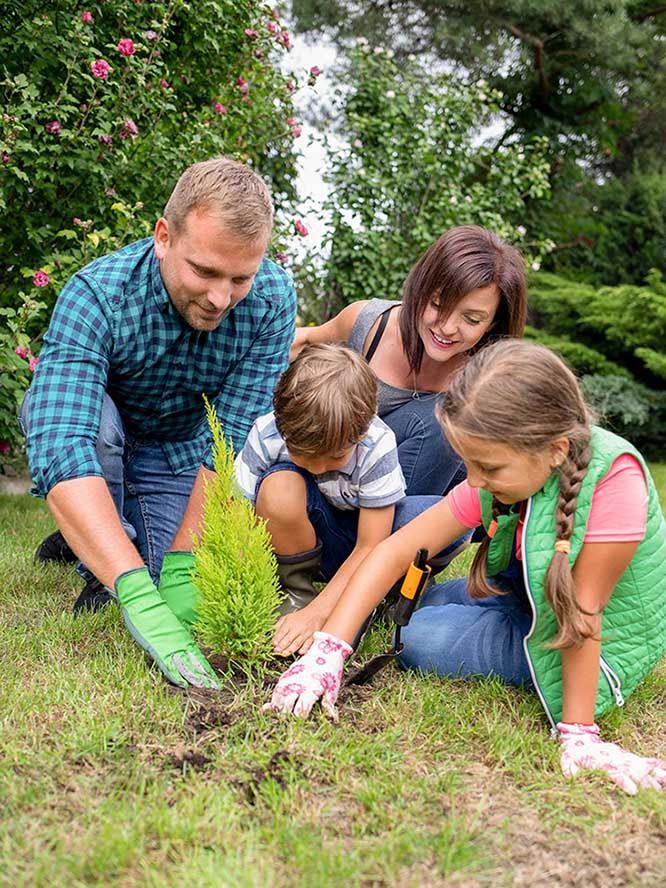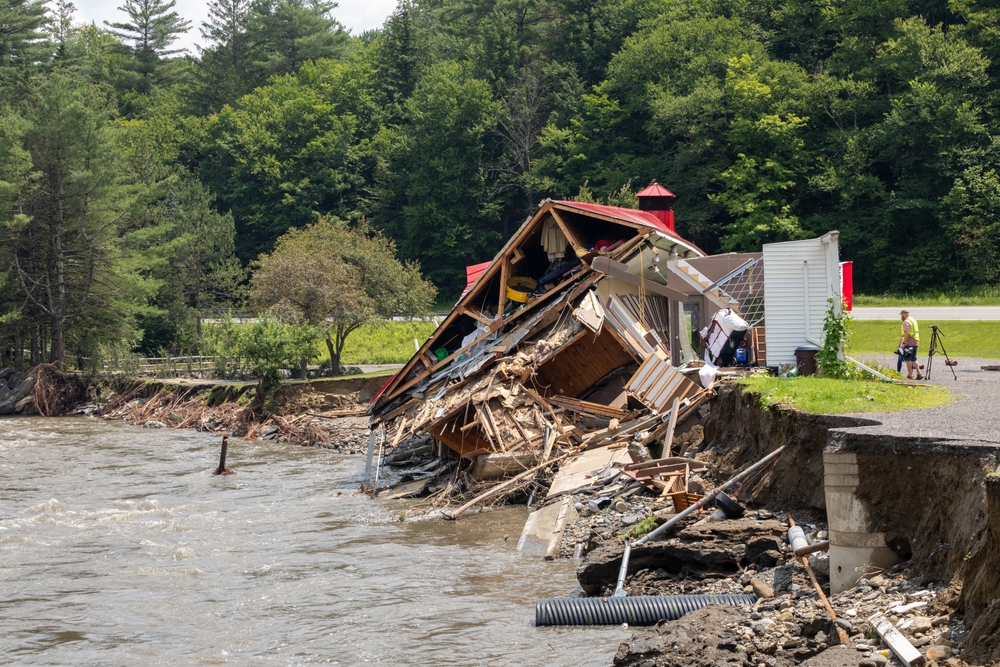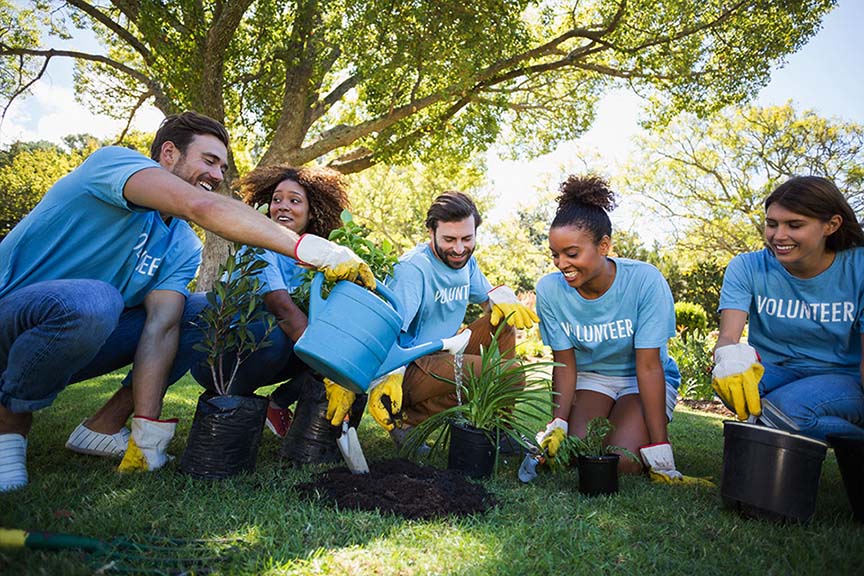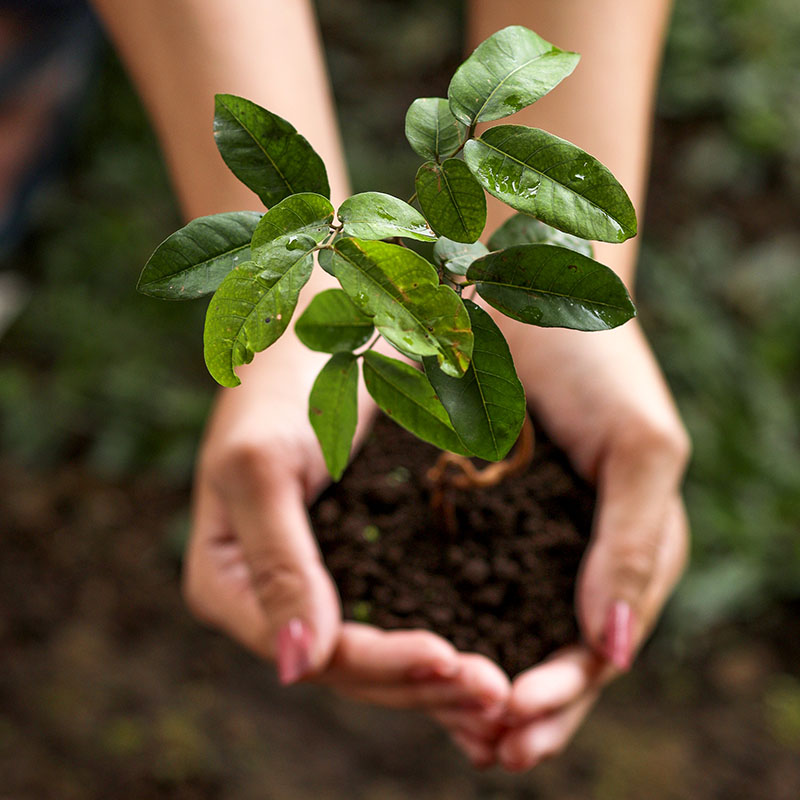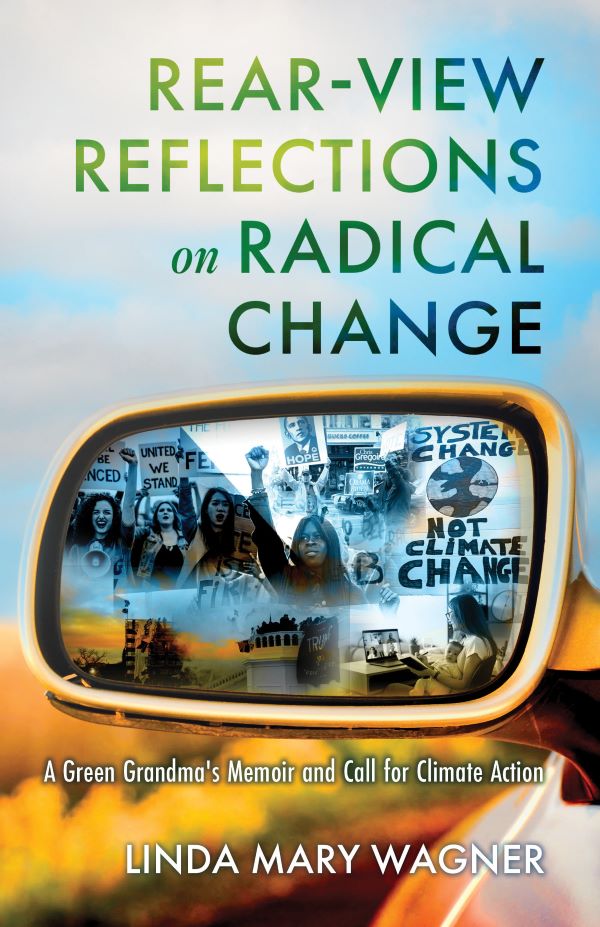Open a cupboard, refrigerator, closet, or door anywhere today, and you are likely to see them. Plastics are everywhere, holding water or food, serving as packing material, containing cleaning supplies, bagging garbage, serving as furniture and even clothing. They offer convenience and durability. But plastics are plentiful in garbage dumps and landfills. The online Science Museum of the United Kingdom* explains why:
The chemical properties that have made plastic an incredibly useful and durable material also make it difficult to dispose of, with some types taking thousands—even tens of thousands—of years to degrade in landfill.
Plastic waste also winds up in seawaters. Scientists have estimated that 10 million tons of plastic items were dumped into oceans in 2010 alone.
Microplastics are Everywhere
There are the plastics we can see with our eyes. But we have produced so many plastic items for so many decades, they have shed microscopic particles into the environments that surround us. These microplastics, too tiny for our sight, are suspended in the air we breathe, the water we drink, and the oceans lapping at our shores. As a result, microplastics are found in the fish and animals we eat, and in human lungs, placentas, breast milk, even in our blood.
A March 23, 2023 report in Science News** notes the many adverse effects of plastics on the human body:
Some of the chemicals added to make plastic suitable for particular uses are also known to cause problems for humans: Bisphenol A, or BPA, is used to harden plastic and is a known endocrine disruptor that has been linked to developmental effects in children and problems with reproductive systems and metabolism in adults (SN: 7/18/09, p. 5). Phthalates, used to make plastic soft and flexible, are associated with adverse effects on fetal development and reproductive problems in adults along with insulin resistance and obesity. And flame retardants that make electronics less flammable are associated with endocrine, reproductive and behavioral effects.
In addition to the direct harm that microplastics contribute to humans and other living things, plastics contribute significantly to climate change, as a report from Yale Climate Connections tells us:
Plastics originate as fossil fuels and emit greenhouse gases from cradle to grave, according to a May 2019 report called “Plastic & Climate: The Hidden Costs of a Plastic Planet,” released by the Center for International Environmental Law, a nonprofit environmental law organization.
What can we do to turn around this pervasive harm from greenhouse gases that plastic production releases and from plastic pollution? Solutions reside in a combination of radical changes to the things we use every day, creative research in breaking down plastics, and shifts toward the production of items that are sustainable.
What You Can Do at Home
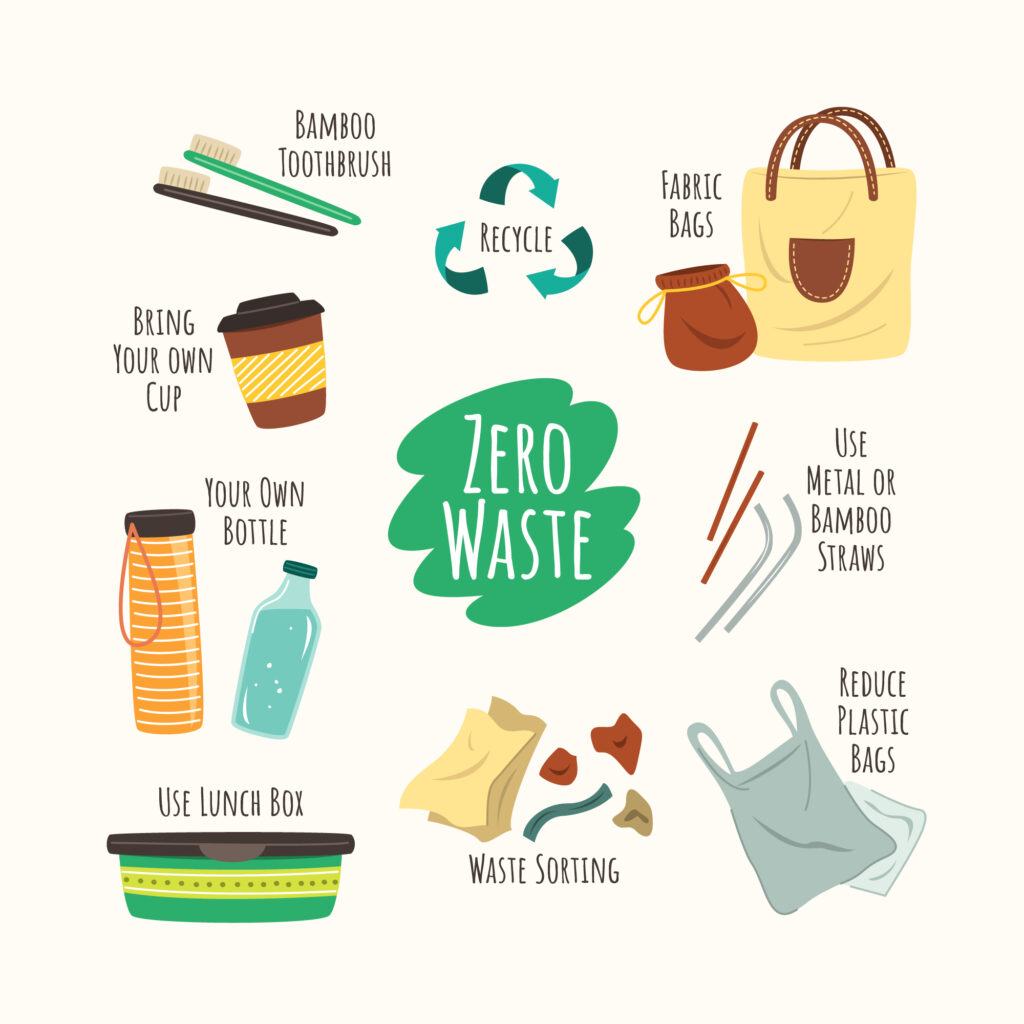
- Seek out products that use materials other than plastic. One example – Good Housekeeping and Consumer Reports recommend laundry soap that comes in eco-friendly packaging instead of large plastic jugs. There are many sustainable products on the market today.
- Get your own water bottle and fill it daily instead of using plastic bottles of water. It costs less and reduces waste. If clean water is a problem where you live, use large, recyclable containers for water you can get at big box stores. Use glass or ceramic containers for leftovers and avoid microwaving food in plastic containers.
- Urge your favorite restaurants to use compostable containers instead of plastic for take-out.
What Researchers Are Doing
- Research at North Carolina State University has genetically engineered microbes that can break down plastic in sea water. this is the first genetically engineered organism that we know of that is capable of breaking down PET microplastics in saltwater,” said Tianyu Li, a PhD student and the paper’s first author, in a press release. “That’s important, because it is not economically feasible to remove plastics from the ocean and rinse high concentration salts off before beginning any processes related to breaking the plastic down.”
- Other researchers are seeking ways to turn plastic waste into usable materials, as this Innovation News item explains, and as described in this Chemistry World article.
- Efforts to use discarded plastics as fuel are underway. Finding ways to accomplish this goal without creating air pollution is one of the challenges, as noted in this article on the Plug and Play innovation platform.
Climate activists are also taking aim at plastics. Former NYC Mayor Michael Bloomberg has initiated a campaign called Beyond Petrochemicals to stop the manufacture of new plastics, packaging, and fertilizer from petroleum.
Resources
The Rise of a Plastics Industry*
A Guide to Plastics in the Ocean
Microplastics Are in Our Bodies**
How Plastics Contribute to Climate Change (Yale Climate Connections)

